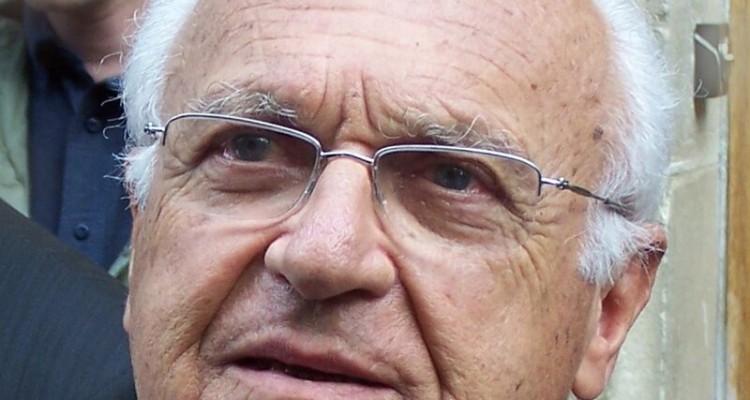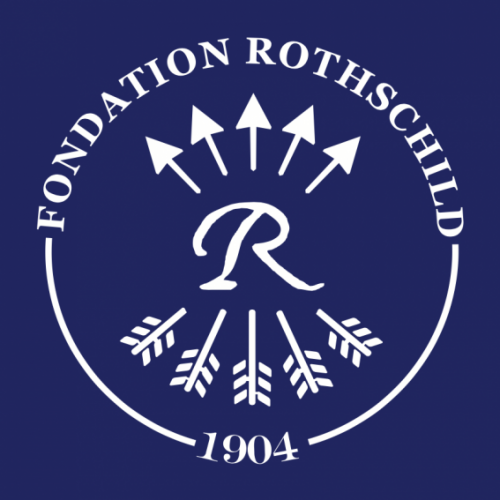There were 100,000 Turkish Jews at the beginning of the century, but now there are only 10,000. One of the last Jewish communities in the Muslim world, faced with new challenges, seems to be on the verge of collapse. François Azar looks back at the history of a minority that has traditionally cultivated kayadez (discretion in the public space) but that plans to make itself more visible in Turkish society.
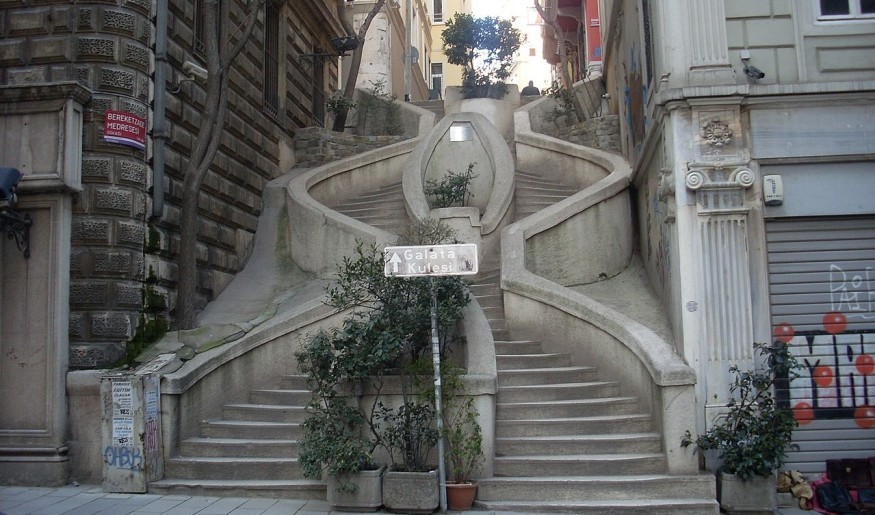
At the beginning of the twentieth century, the Jewish community in Turkey numbered about 100,000 people, but today it represents only one tenth of this figure. This decline has many reasons, first and foremost the collapse of the Ottoman Empire, where the Jews had a special place, which was replaced by a nation-state affirming the Turkish identity, i.e. implicitly Muslim. The consequences are numerous: the imposition of a military service in which minorities are bullied, the obligation to use Turkish in the public space, discriminatory and even confiscatory policies during the Second World War. In addition to these particular traumas, there were scourges that were still common in the East around 1900 and that had become less and less acceptable through contact with the West: epidemics, fires that ravaged cities, corruption and widespread brigandage.
Turkish Jews were reputed to cultivate kayadez, an attitude of discretion in their relationship to power and to their Muslim fellow citizens. This behaviour dates back to the Ottoman Empire, where Jews could claim a certain protection from the Sultans in exchange for their submission. The principle was summed up in a phrase: sadik millet, or the “loyal nation”, which contrasted with the Greek and Armenian nations suspected of separatism in the last decades of the Empire. This attitude found its continuation under the Republic. A famous episode showed that any public protest by the Jewish community in Turkey, however legitimate, would backfire. This was the Elza Niego affair, which made headlines in 1927.
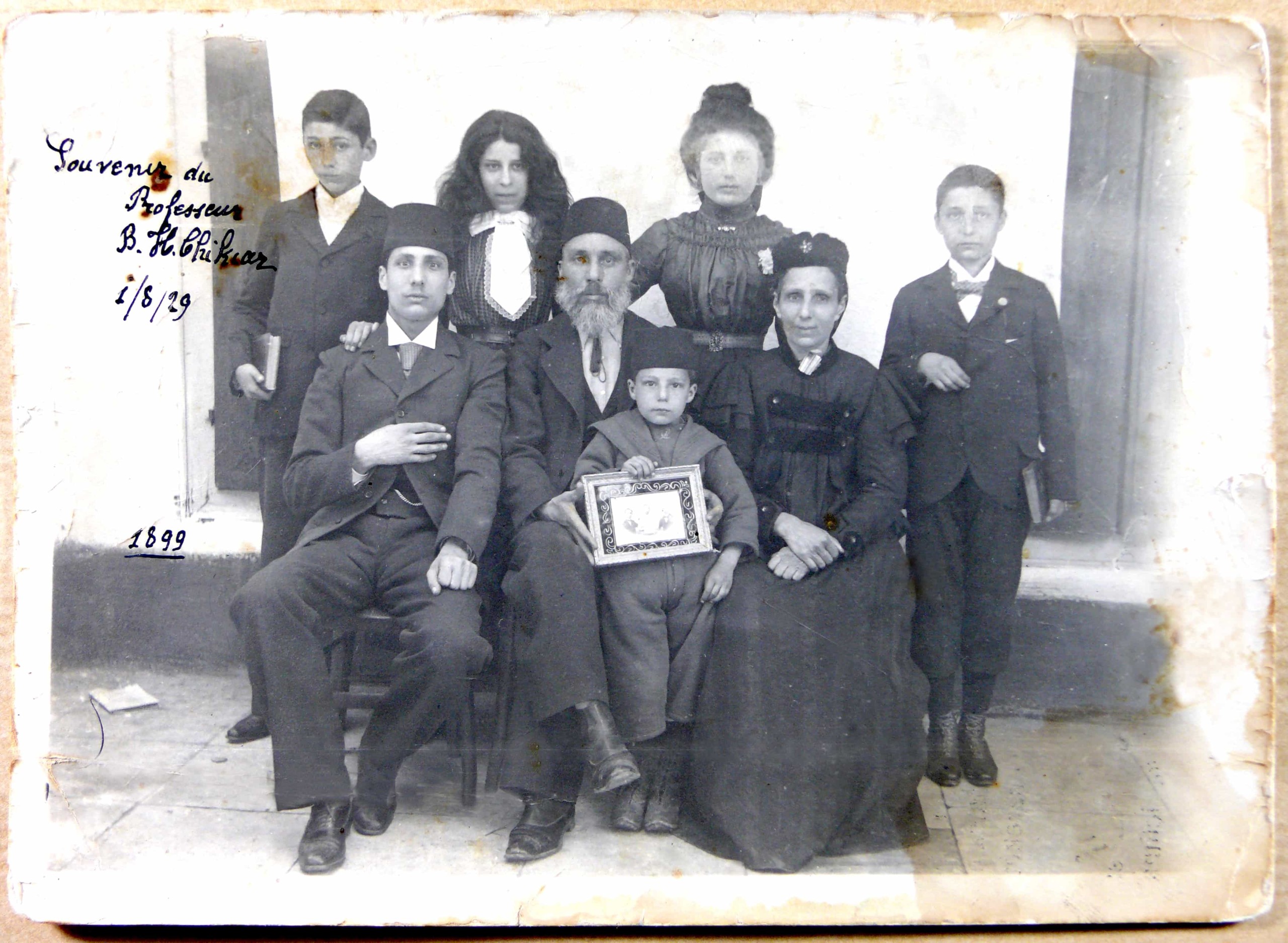
The Elza Niego affaire and its aftermath
Elza Niego was 22 years old in 1927. Fatherless, she was employed as a typist by the National Insurance Company of Turkey. Together with her sister, Regina, she was the sole provider for her mother and her younger brother. During a holiday on the island of Heybeliada in the Sea of Marmara, a Muslim government official, Osman Bey, son of a former governor, fell in love with her. Osman Bey, who was thirty years older than Elza, was married and had a family. He pursued the young woman all over the island. In desperation, Elza Niego decided to cut her holiday short and return home. For a while, Elsa did not see Osman Bey and thought she was free of him. But one day, when she was leaving her office, she saw him and he started to make threats. Elza told her employer about the persecution she was facing. One winter evening she saw her stalker with three other men. The company manager notified the police, who arrested the four men. They confessed that they had intended to kidnap Miss Niego and were sentenced to two months’ imprisonment each.
Elza Niego then got engaged to one of her Jewish colleagues. Osman Bey became more and more insistent. One evening, as Elza and her sister Regina were leaving their house for a walk, Regina saw a man running towards them with a dagger. She shouted at her sister to run home, but it was already too late: Osman Bey caught her and slit her throat. Regina, trying to defend her sister, was in turn stabbed twice in the thigh. A crowd gathered immediately and the murderer would have been lynched if the police had not intervened quickly.
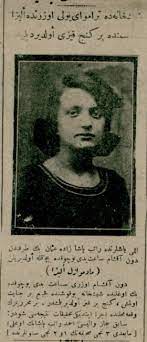
At Elza’s funeral on 18 August 1927, crowds took to the streets and demonstrated against the Turkish government, shouting “We want justice”. The Turkish press took up the case and developed antisemitic rhetoric. Ten Jewish protesters, including a young soldier, were immediately arrested on charges of offending Turkish identity. The young soldier, accused of wounding a Turkish passer-by, was sentenced to three months in prison.
The other nine Jews were acquitted of the sedition charge on 21 September 1927, but after protests from the press, a new trial was opened on 12 January 1928. They were accused of insulting the Turkish Republic. They faced a prison sentence of up to three years. Despite the efforts of the prosecutor, they were acquitted again. The prosecutor sought to implicate Jewish organisations. A search of the premises of the Turkish branch of B’nai B’rith, which had spent large sums of money on the defence of the defendants, failed to incriminate it.
On this occasion, the Turkish press once again went wild. It called on the Turks to break off all trade relations with the Jews. Anti-Jewish demonstrations took place in Izmir, leading the Turkish government to close Jewish schools, ban Jewish newspapers, dissolve the rabbinate and consider expelling from Turkey all Jews who had not completed their military service. A decree required Jews to obtain a special permit to travel within Turkey, as was already the case for Greeks and Armenians.
The murderer escaped the trial and was placed in a psychiatric hospital. Ten years later, he was murdered by a patient in the hospital.
In his memoirs, Nissim M. Benezra describes these events as “the last stirrings of Turkish Jewish nationalism”. The choice was now between discretion or exile. Several traumatic episodes regularly reminded us of the precarious situation of the Jewish community in Turkey: in June and July 1934, the pogroms in Thrace, unleashed simultaneously in the whole region by the militants of the Republican People’s Party (Kemalist), emptied the region of its Jewish population. In November 1942, the Jews were targeted like the Greeks, Armenians and Dönmés by the varlık vergisi, the discriminatory wealth tax. Those who could not pay it were deported to the forced labour camp of Aşkale. This episode was to be one of the determining factors in the exodus of Jews from Turkey at the creation of the State of Israel. Finally, the Istanbul pogrom of 6 and 7 September 1955, although directed mainly against Greeks, affected by contagion the Armenians and Jews present in the same districts.
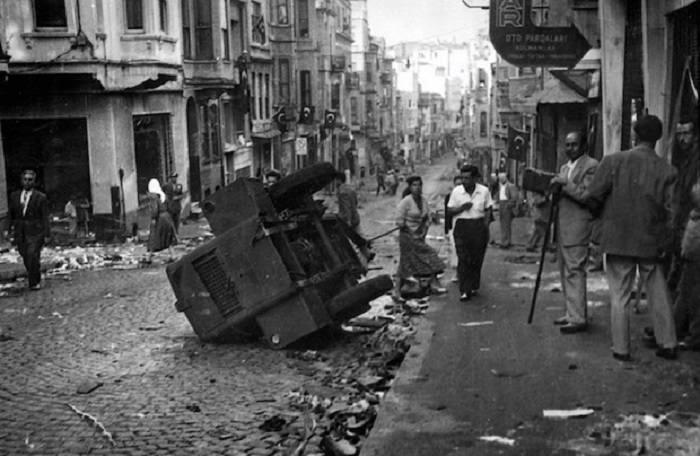
Contemporary context
Kayadez is not just a defensive reflex against a power perceived as worrying and arbitrary. It is a more profound psychological disposition that has implications on family life and individual and collective destiny. Many families keep silent about past traumas and a “glass ceiling” prevents Jews from entering certain professions and public offices. This attitude may consciously or unconsciously last for several generations, long after the departure from Turkey.
Two major waves of emigration affected the Jewish community in Turkey: the 1920s and the 1950s following the creation of the State of Israel. The solution of exile was facilitated by multilingualism, especially the common use of French among the Jews of Turkey. This trend of emigration has never stopped; it has even been strengthened in the last decade because of the tensions between the Turkish State and the State of Israel on the one hand, and the increasingly Islamist and anti-Western discourse of the government on the other. Young people who often studied in the West are the first to leave. The community is therefore not only weakening numerically, but is losing its lifeblood and is inexorably ageing.
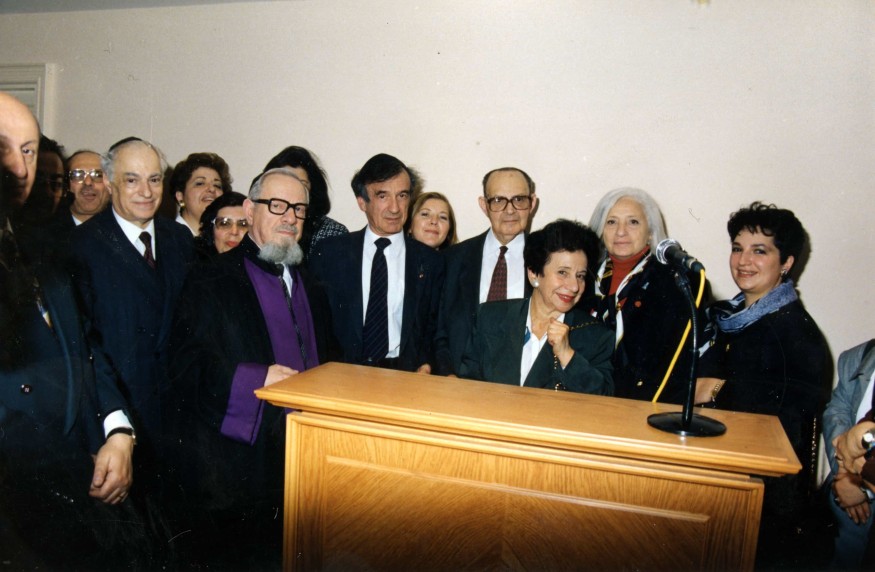
Today the Jewish community in Turkey is facing very different challenges than in the 20th century. The main threat to the community is not so much the ambiguous attitude of the government, but rather its numerical weakness, its high degree of assimilation, its progressive disintegration due to departures and intermarriage. One of the last Jewish communities in the Muslim world thus seems to be on the brink of collapse. Its current low visibility gives free rein to antisemitic fantasies. In order to fight against prejudice, community leaders have therefore agreed to intervene in the public space for a few years without losing a certain reserve. For the first time, in 2015, the lighting of Hanukkah candles by the Chief Rabbi took place in a square in Istanbul in the presence of Turkish officials.
Work to preserve Spanish-Jewish culture has been undertaken over the past twenty years in Turkey. The Sephardic Centre of Istanbul, founded in 2003 and directed by Silvio Ovadya and Karen Gerson Şarhon, is the main focus of this cultural renaissance. Since March 2005, it has been publishing the monthly magazine El Amaneser in Judeo-Spanish, whose editorial secretariat is held with competence and dedication by Güler Orgün. The Libra publishing house, founded by Rifat Bali, continues its remarkable work of publishing books in the Sephardic field, continuing the work begun by Sinan Kuneralp at Isis. However, it is in the field of song and theatre that the current dynamic is most visible: let us mention without being exhaustive the pioneers Jak and Janet Esim, Izzet Bana, Jojo Eskenazi, Soli Avigdor and Forti Barokas. The cultural blog Avlaremoz run by a new generation shows that a new generation is also possible.
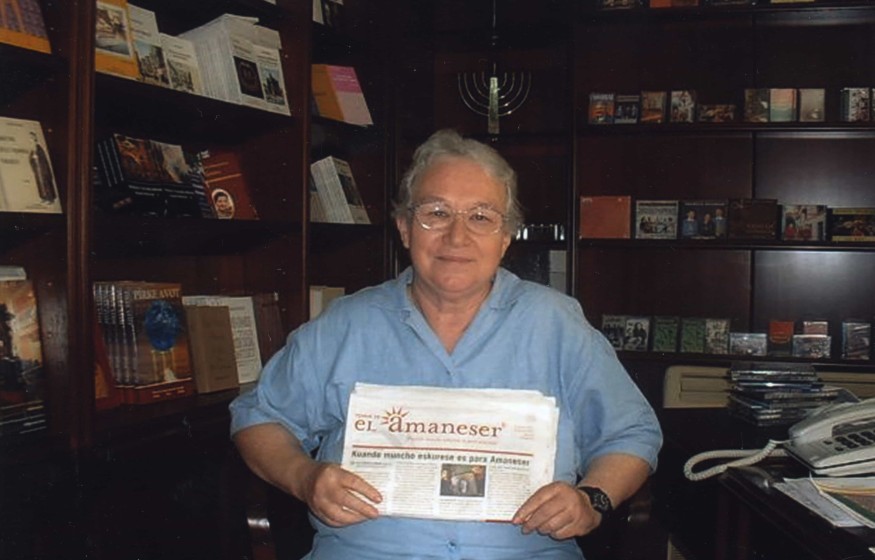
The Jewish community of Turkey with about 10,000 members, mostly living in Istanbul, is the largest Jewish community in the Muslim world and still maintains a dense network of institutions (from schools to retirement homes) and a strong cohesion reinforced by adversity. It seems to be more and more aware that its survival does not depend on its invisibility, but on a form of legitimation in the public space. This is what is at stake in the series Kulüp (The Club) produced by Netflix, which has given it an unexpected visibility and in which it has recognised itself.
Kulüp
The Turkish series Kulüp (The Club), which has been available on Netflix since November 2021, has had the effect of a media revolution for the Jewish community in Turkey. However, it must be emphasised that this shift in scale has only been made possible by the patient cultural and linguistic restoration work undertaken over the past decades.
The plot is set in 1950s Istanbul and culminates in the anti-Greek riots of 6-7 September 1955. The heroine Matilda Asséo has just been released from prison under an amnesty. She is reunited with her daughter Raşel, who has become a teenager and has grown up in the Jewish orphanage in Ortaköy. The stormy relationship between mother and daughter gradually lifts the veil on the family’s tragic past. In order to avoid her daughter’s imprisonment, Matilda agrees to work in a music hall under the guidance of Çelebi, a manager whose activities are as murky as his past. The club’s owner, Orhan, is determined to make his cabaret a success and hires a gifted but hypersensitive artist, Selim Songür. Selim and Matilda, who recognize the same fragility, become friends and protect each other. For her part, Raşel has fallen in love with Ismet, a notorious womanizer, much to her mother’s dismay. The ten episodes of the series interweave a sentimental ballet between these characters. All of them have a common past that they hide as much as possible, but which never ceases to haunt them. This is indeed a guarantee of guilt. It is only by assuming and sharing it that the characters can free themselves from it. But in 1955 this is a utopia when lies and violence triumph in the streets. The final scene, by candlelight, in a silenced refuge theatre, is only the humble promise of a better dawn.
The magic of the series is not only due to the meticulousness with which the 1950s settings have been reconstructed. The writers (Necati Şahin and Rana Denizer) and directors (Zeynep Günay Tan and Seren Yüce) have aptly tackled sensitive issues such as discrimination and violence against minorities in Turkey. Far from being in the background, these issues are at the heart of the film as they determine the characters’ actions.
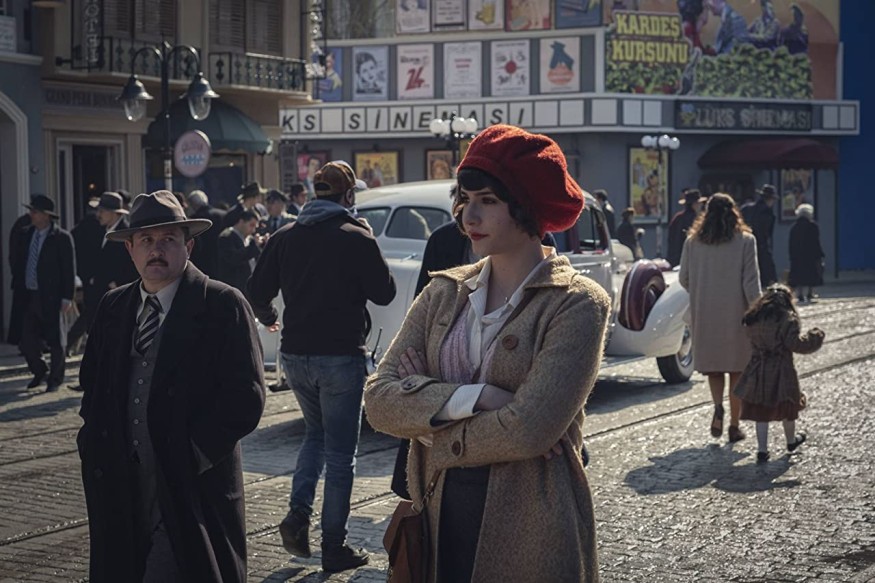
Respect is perhaps the best expression of the spirit in which this series was made. Its creators have indeed surrounded themselves with the best historical, linguistic and cultural advice to build scenes, dialogues and settings. One of the marks of this respect is of course the use of Judeo-Spanish dialogues whose accent was carefully worked out as testified by Izzet Bana who was the main consultant of the producers and who himself plays a small role during the Purim festival. No less than 67 members of the Jewish community appear in the film’s cast, but that is probably not the most important thing. The leading roles are played by Turkish actors in a way that is so respectful of Jewish memory, that they give it a universal significance.
In Turkey the series broke audience records. The Jewish community in Turkey voted for it with a double feeling: firstly, of pride, in discovering that, for once, they are faithfully represented in the foreground of a popular series; secondly, of recognition, in discovering Turkish actors taking charge with empathy of one of the darkest episodes of its history. A sure sign: many regret not having been cast as extras or not being mentioned in the credits.
Built like a popular melodrama, which exploits the usual recipes, Kulüp conveys less conventional truths. Of course, there is a nostalgia for a cosmopolitan and intergalactic Istanbul that is not original. On the other hand, the way in which this past was eradicated under the influence of nationalism and how fortunes were built up under the shelter of populism resonates today. But the issue is not only material. One of the most powerful forces in the action is the characters’ frantic need for recognition, which extends beyond the world of the show. “I wanted you to see me”, says Çelebi to Matilda to justify himself. Perhaps this is where the show’s success lies: everyone got to see themselves and, more importantly, be seen in the way they wanted to.
François Azar
Founder of Lior Editions and vice-president of the Spanish-Jewish association Aki Estamos, François Azar is the editor of the magazine ‘Kaminando i Avlando’.


